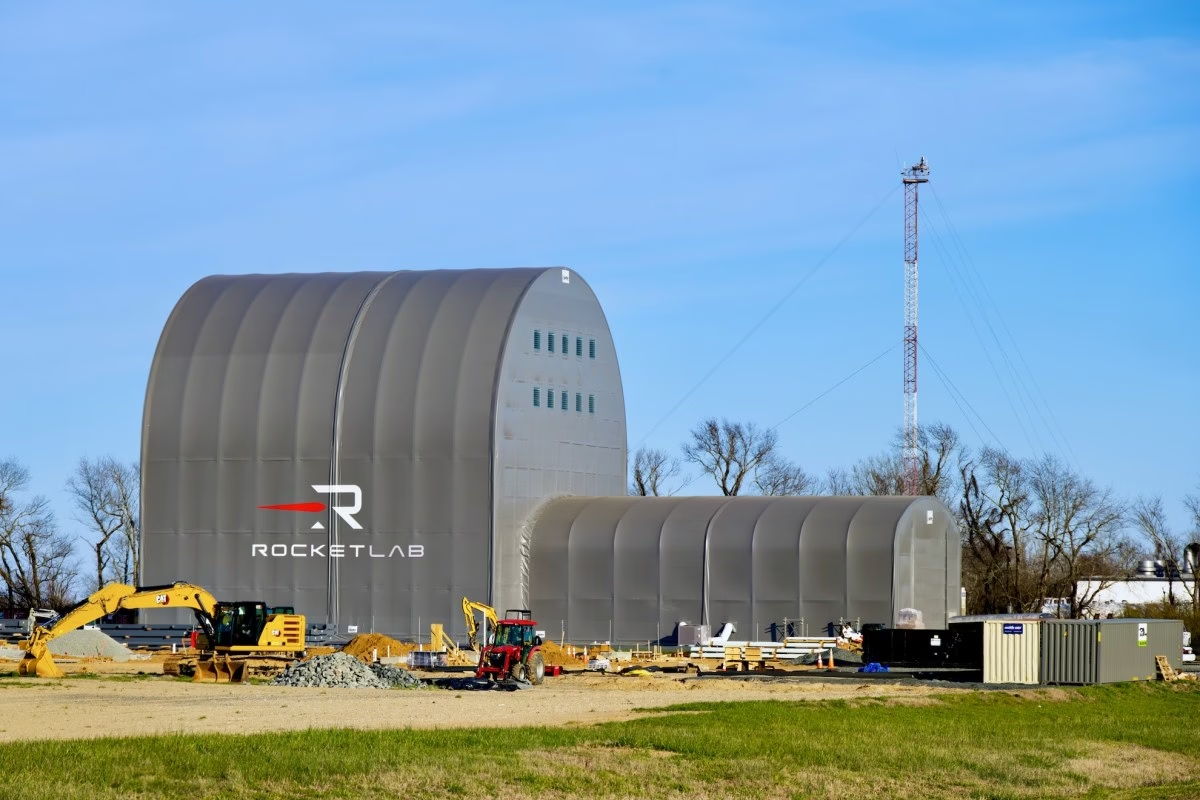Rocket Lab’s New Rocket Faces First Challenge: Reaching the Pad

▼ Summary
– Rocket Lab requested temporary permission to transport oversized Neutron rocket parts via shallow waters to Virginia’s Wallops Island spaceport while awaiting federal approval for dredging a permanent channel.
– The Mid-Atlantic Regional Spaceport (MARS) offers less congestion than other launch sites, but its shallow channels and tidal dependencies limit access for large rocket components.
– Rocket Lab plans to spend over $5 million to dredge Sloop Gut for regular barge deliveries, but federal approval from the Army Corps of Engineers is still pending.
– As a stopgap, Rocket Lab proposed “kedging,” a nautical method using anchors and lines to navigate shallow waters, to ensure on-time hardware deliveries starting in September 2024.
– Alternative transport methods like road or beach landings were deemed infeasible due to cost, infrastructure, or weather constraints, making maritime access critical for Neutron’s launch timeline.
Rocket Lab’s ambitious Neutron rocket program faces an unexpected hurdle, getting its massive components to the launch site through Virginia’s shallow coastal waters. The company has requested emergency regulatory approval for temporary transport solutions while awaiting federal clearance for permanent infrastructure upgrades at its Wallops Island facility.
The Mid-Atlantic Regional Spaceport (MARS) offers distinct advantages for Rocket Lab, including lower air traffic congestion compared to Florida’s crowded launch sites. However, the surrounding waterways present logistical challenges. Existing channels are too shallow for standard barge deliveries of Neutron’s oversized structures, forcing the company to explore unconventional workarounds.
One proposed stopgap involves kedging, an old maritime technique where anchors and lines manually guide barges through tight spots. Rocket Lab seeks permission to use this method until mid-2026 or until dredging completes, whichever comes first. The company has already secured state approval for the dredging project but awaits a critical federal green light from the Army Corps of Engineers.
Without timely solutions, Rocket Lab may resort to beach landings using cranes and ramps, though this option is restricted by seasonal environmental protections. Alternative ideas, like road transport or public boat ramps, were dismissed due to cost, infrastructure gaps, and weather risks.
Neutron’s debut launch, targeted for late 2025, hinges on overcoming these delivery bottlenecks. While technical milestones like stage integration and wet dress rehearsals remain, maritime access could dictate the timeline. Rocket Lab has invested heavily in the Virginia site, including over $5 million for dredging Sloop Gut, a mile-long channel crucial for regular component shipments.
The filings underscore how maritime logistics, not rocket engineering, may prove the program’s most unpredictable variable. With hardware shipments expected as early as September, the clock is ticking for regulators and Rocket Lab to ensure Neutron reaches the pad on schedule.
(Source: TechCrunch)

